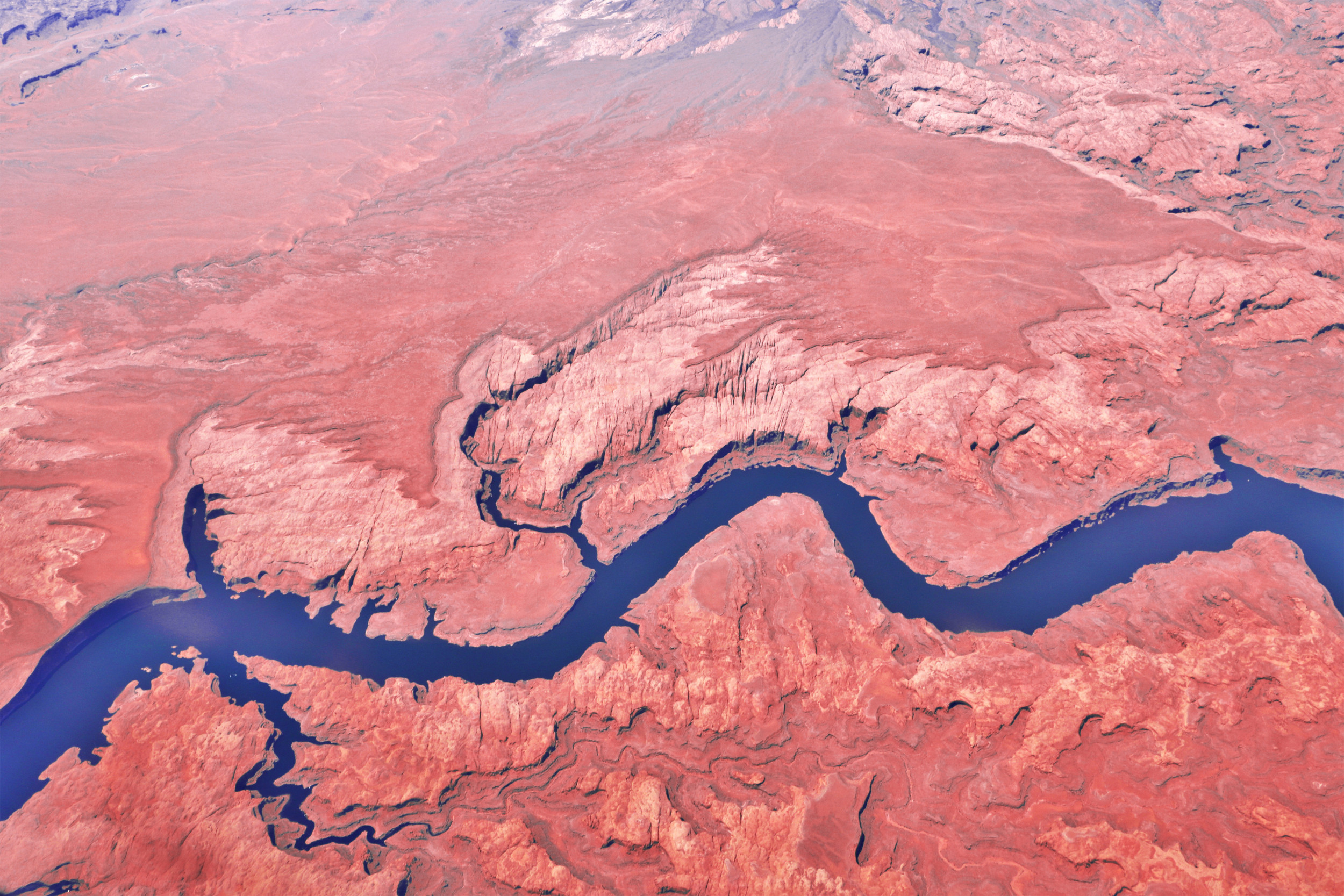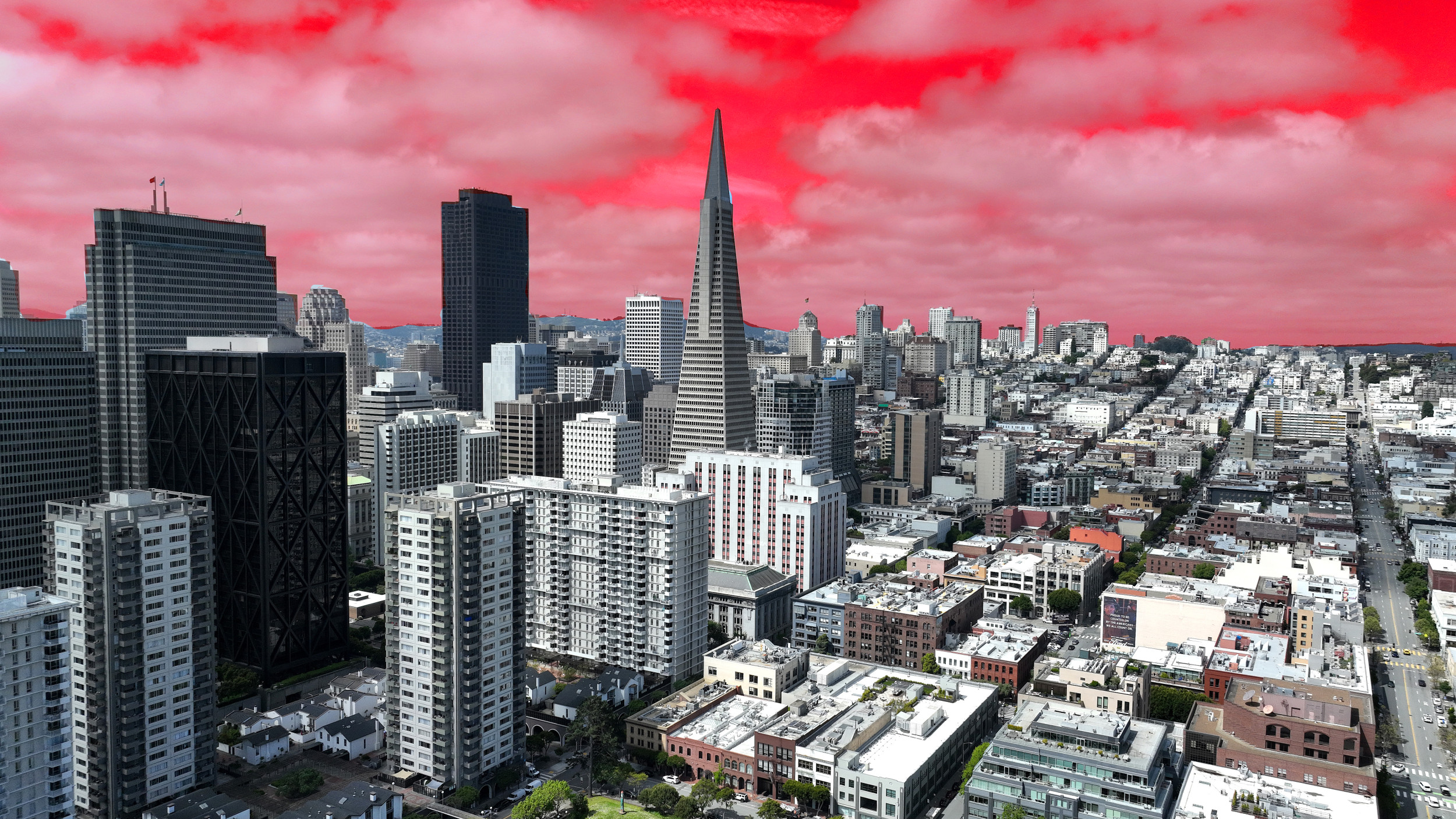Tourists are flocking to Mount Mayon, as the volcano continues to spew lava from its crater after showing increasing signs of unrest.
Mount Mayon, in the Albay province of the Philippines, has been raised to alert level 3 by the Philippine Institute of Volcanology and Seismology, which signals a high level of volcanic unrest. This means magma is lying near the surface, and could potentially blow into a hazardous eruption in just a few weeks.
The volcano, known for its perfect cone structure, has always attracted tourists, but now, despite the potential hazards, even more people are flocking there.
According to the Philippine government, the number of local and foreign visitors arriving at the province has doubled in the days since Mayon began rumbling to life.
There were about 152 to 200 visits a day, but that has now risen to 500 or so.

Luckily, the viewing points for the volcano are all outside of the danger zone, the government said in a statement. Not entering the vicinity of the volcano will minimize risks from any sudden bursts of activity, like explosions, rockfall and landslides.
Those living in communities around the volcano have been moved since the alert level was raised. About 4,215 families have been evacuated from their homes for their own safety, the government reported.
On June 12, the volcano was spewing lava down its slopes, creating a major hazard for those living nearby.
More people in zones further out may be evacuated if the volcano produces a violent eruption.
Although the volcano isn't erupting yet, it's displaying several signs that suggest one could happen soon. When that happens is very difficult to predict.
Mayon is the Philippines' most active volcano. It is 8,077 feet high, and it's a sacred symbol in Philippine mythology
The volcano has been active since 1616, and has had over 30 eruptions since then.
While most eruptions aren't deadly, some have been destructive.
Its most deadly eruption occurred in 1814, when 1,200 people were killed and the town of Cagsawa was blanketed with ash.
Another eruption in 1993 caused an estimate 80 deaths in the surrounding area.
Other eruptions in 2000, 2006, 2009, 2014 and 2018 forced thousands to evacuate.
The volcano has been known to produce mudslides and floods, particularly in 2006, which killed over a thousand people.
Do you have a tip on a science story that Newsweek should be covering? Do you have a question about volcanoes? Let us know via science@newsweek.com.








